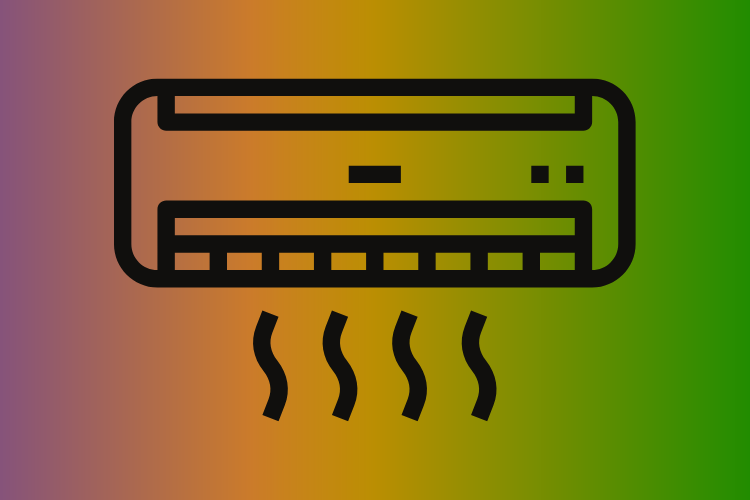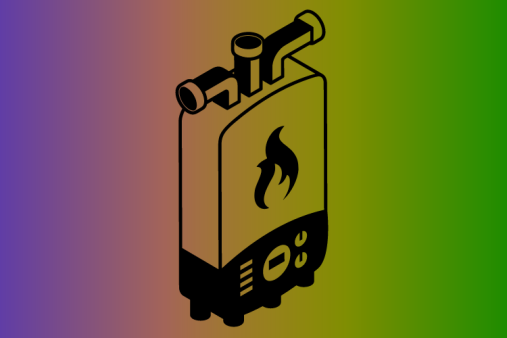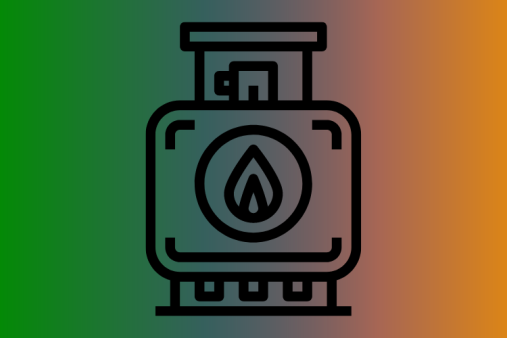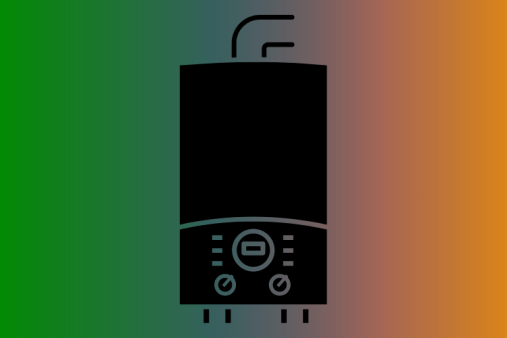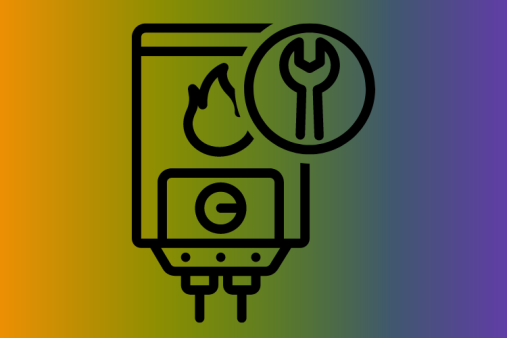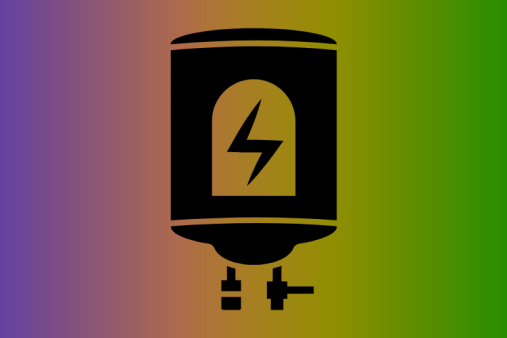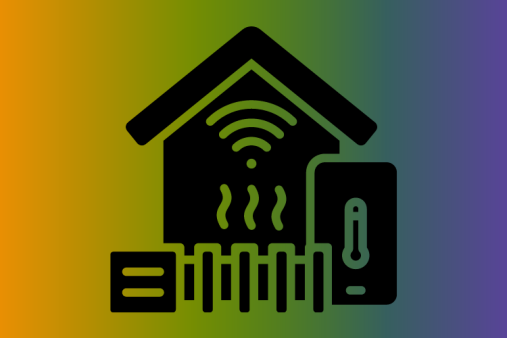Warm Air Heating Guide
Warm air central heating peaked in popularity in the 1960s and 1970s, when it was often the default option for heating in a newly-constructed house. Although warm air heating has been overtaken in the popularity stakes by combi boilers and radiators, there are still many homes fitted with a warm air heating system, or where the homeowners are considering switching to this form of heating.
How does warm air heating work?
Also sometimes known as “blow air” heating, warm air heating works in a very similar way to air conditioning. The air is either warmed or cooled by a large central fan unit, and then the air is blown around the house through vents. The most common arrangement in a warm air heating system is that the air is heated by a gas burner, and it can also be controlled by thermostats in the rooms and can be timed to switch on and off as needed. As no radiators are required and vents can be placed anywhere around a room, this is a good choice of heating method where space on the walls is limited and there’s just no room for radiators. In the past, warm air heating had the reputation of being inefficient and very expensive to run, but modern systems are very easy to control, provide good temperature control and are efficient and simple to install.
Is warm air heating the environmentally friendly choice?
Building Regulations have become increasingly stringent in recent years concerning insulation and airtightness, and better insulated houses mean more efficient warm air heating. It can be difficult to assess how efficient a warm air heating system is, but boilers used to heat the air are rated according to how efficiently they perform. An experienced heating engineer who has installed and maintained these sorts of systems will be able to advise on whether they would be appropriate for your home, what efficiency you could expect and potential running costs. People with allergies may also find warm air heating a better choice as filters can be added to the system to clean the air as it circulates and remove allergens.
Installing a warm air heating system
One of the main advantages of a warm air heating system is that they are so quick and simple to install, with none of the pipework you would associate with a “wet” central heating system. This can make installation much cheaper than other types of heating system, especially when upgrading an older warm air system to a more modern one. Don’t rely on this fact when thinking of installing a warm air heating system at home though, and always make sure you get at least three quotes for the work by trusted local tradespeople.
Running costs for a warm air heating system
If you currently have an older warm air heating system, it’s not unreasonable to expect savings of 25% if you upgrade to a modern unit. As with any other type of heating your exact costs will depend on the size of your property and how long you have your heating switched on for. A good heating engineer will be able to give more accurate estimates.
